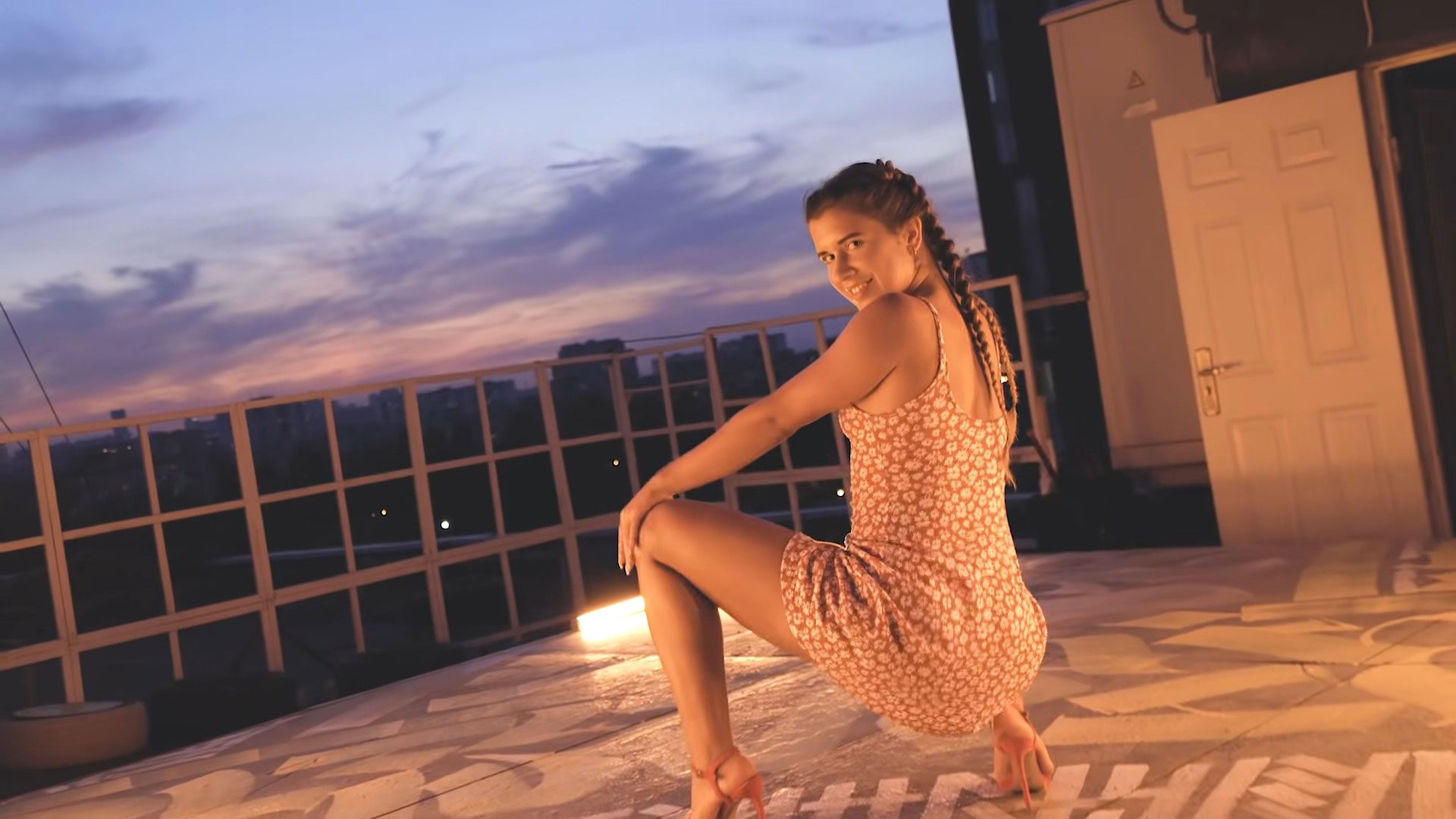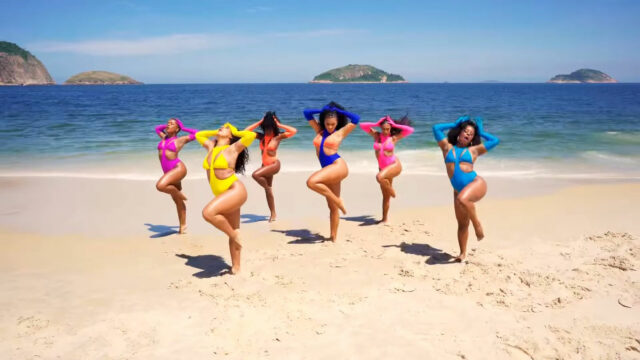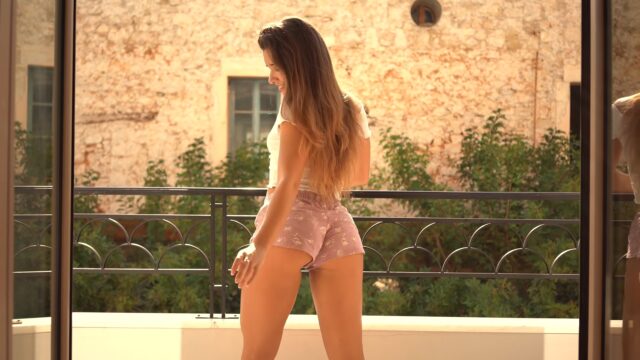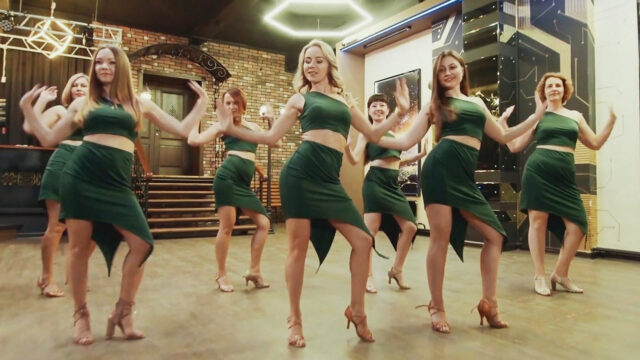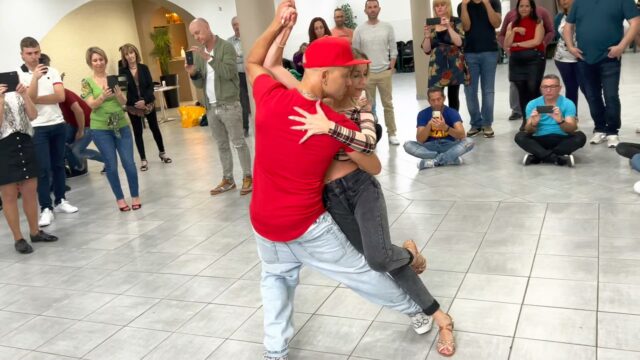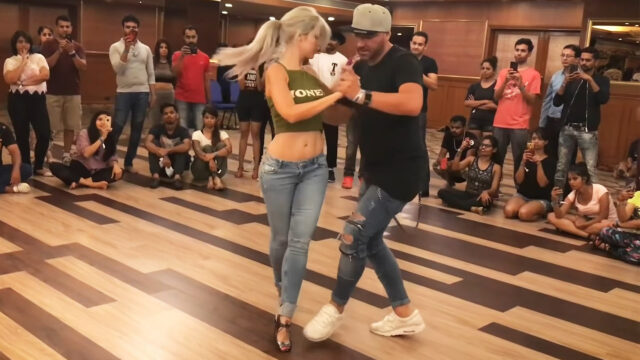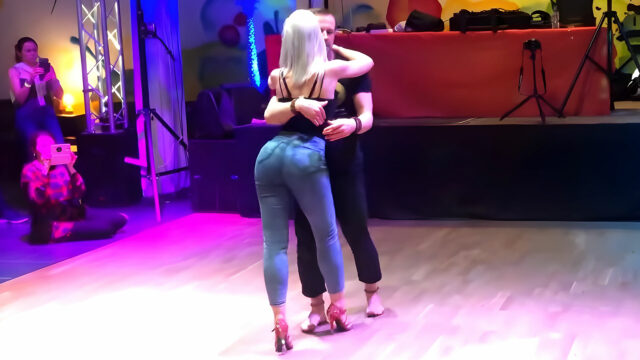Twerking often seems to steal the spotlight on and off the dance floor. As provocative as it is popular, it never fails to cause a stir and divide public opinion. I discovered twerking when videos of dancers shaking, wobbling, and bouncing their behinds took over social media. Here is one such example with almost 4 million views from Nastya Nass:

Intrigued by the athleticism required to make those glute muscles undulate so precisely to the beat, I looked into twerking‘s origins. Deriving from West African dance traditions like mapouka, twerking has roots as a cultural artform celebrating the female form. Mapouka dancing involves hip shaking motions similar to belly dancing. But belly dancers usually face the crowd standing up. Meanwhile, Mapouka dancers mostly shake their hips bending over facing away from the people watching.
- Beachside Dancing: Exploring Island Moves with Ramana Borba
- Why is twerking so popular?
- What is the purpose of twerking?
Modern twerking has undoubtedly retained – and even amplified – the sensuality of those origins. Skimpy outfits and explicit lyrics tend to accompany viral twerking videos today. No wonder many dismiss it as vulgar pseudo-dancing, unworthy of being considered an art! Which totally makes sense on the surface.
But as a lifelong dancer myself, I beg to differ. Having tried those shimmying, popping motions (in private to avoid embarrassing myself!), I can assure you twerking requires serious skill. Obviously being a man probably doesn’t help either, but still… The stamina, strength, coordination and isolation necessary to bounce your booty for more than a few seconds is immense!
The precision and control over one’s core and glutes needed to hit every accent in the music also demonstrates a technical proficiency just as worthy of admiration as technique in ballet or jazz. And the fact that such advanced skills are developed outside formal training makes it even more impressive.
That said, deciding where to draw the line between displaying one’s hard-won talents and gratuitous exhibitionism is tricky when it comes to sexually-charged dances like twerking. How can we celebrate the human body and its capabilities without objectification? Appreciate twerking’s origins in African diasporic culture without appropriation or erasure? There are no easy answers in modern society.
As an ardent supporter of dancers and the empowerment dance can create, I don’t want to police how artists choose to express themselves through movement. But promoting the highest aspirations of art – transformation, connection, social commentary – matters too.
Perhaps the versatility of twerking hints at a way forward: the same skills employed in viral booty-bouncing clips also provide the foundation for professional dancers’ creative group choreographies, expanding the dance vocabulary.
By channeling twerking’s potential beyond the male gaze and into art that resonates across gender and culture, talented dancers might lift it to new heights. Think Alvin Ailey revolutionizing popular African-American dance in modern ballet classics. There lies the promise of controversy turned visionary.
Twerking undoubtedly still has an image problem to overcome before acceptance in the mainstream dance world. But through skill and creativity, the next generation of dancers might just shape it into an unexpected yet welcome artform. For dance has always pushed boundaries of propriety to unlock human potential.
If you enjoyed this article, feel free share it with your friends and let them know what you think about it. Also, consider checking out our most recent posts and stay in touch. Thank you!
